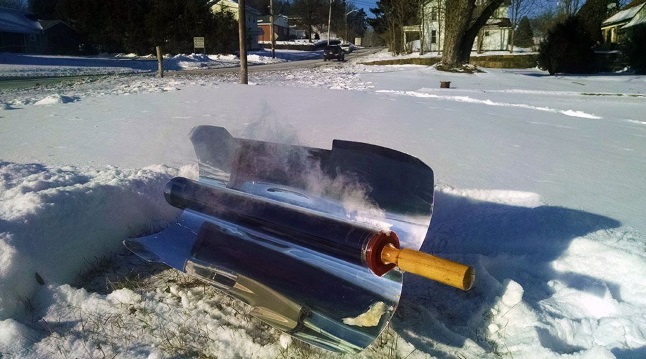Dedicated good cooking fan Colin Moors take a look at chef’s little helpers.
An avid cook myself, I have probably fallen foul of those wily devils in advertising and bought gadgets I don’t need more times than I care to remember. Last year, it was the spiralizer (and that really is so last year) and everyone thought it was great that you could make spaghetti out of a courgette. It’s only when you come to eat courgette spaghetti that you’re reminded that just because one can, doesn’t mean one should. There’s probably a limited functionality in making potato strands for wrapping meats in but as we’ve lived tens of thousands of years without them, I think we’ll be OK. It’s hard to discern the genuinely useful from the well advertised, so hopefully the following paragraphs will help you separate the spiralizers from the Santoku.
If you’ve seen any cookery programme recently, you’ll know that sous-vide is the way forward. It’s a genuinely useful tool for forcing flavour into meat and vegetables and provides a handy method of cooking the food ‘slow and low’, locking in the flavours and juices and keeping things nice and tender. The only small, niggling drawback with this particular piece of kitchen wizardry used to be the price. The reason it stayed in the domain of the Michelin-starred for so long is that the set-up would cost thousands of euros. Now that the price has come crashing down thanks to the economies of manufacturing scale, you could be the proud owner of all the items you’ll need for around €500, all in.
The keen reader will note that I mentioned “all the items”. For those unfamiliar with the sous-vide method, it involves sealing the food in a vacuum bag (from the French ‘sous vide’ for ‘vacuum’) and cooking it in a water bath at a set temperature. In the retail versions of the sous vide equipment, the words are used almost interchangeably to mean the bagging, the extraction of air, the water bath of the machine that circulates the water and keeps the temperature constant. Be aware that to do the whole process properly, you’ll need all these items. This is a forewarning that if you see an advert for a ‘sous vide machine at €150’ you’ll need to check which part you’ll be buying. The best buys at the moment are the thermostatically controlled water baths, which keep the water temperature constant and provide flow, so the food doesn’t get in ‘hot spots’. A reasonable one will set you back around €300, leaving you a couple of hundred to spend on buying the vacuum sealer and some bags.







